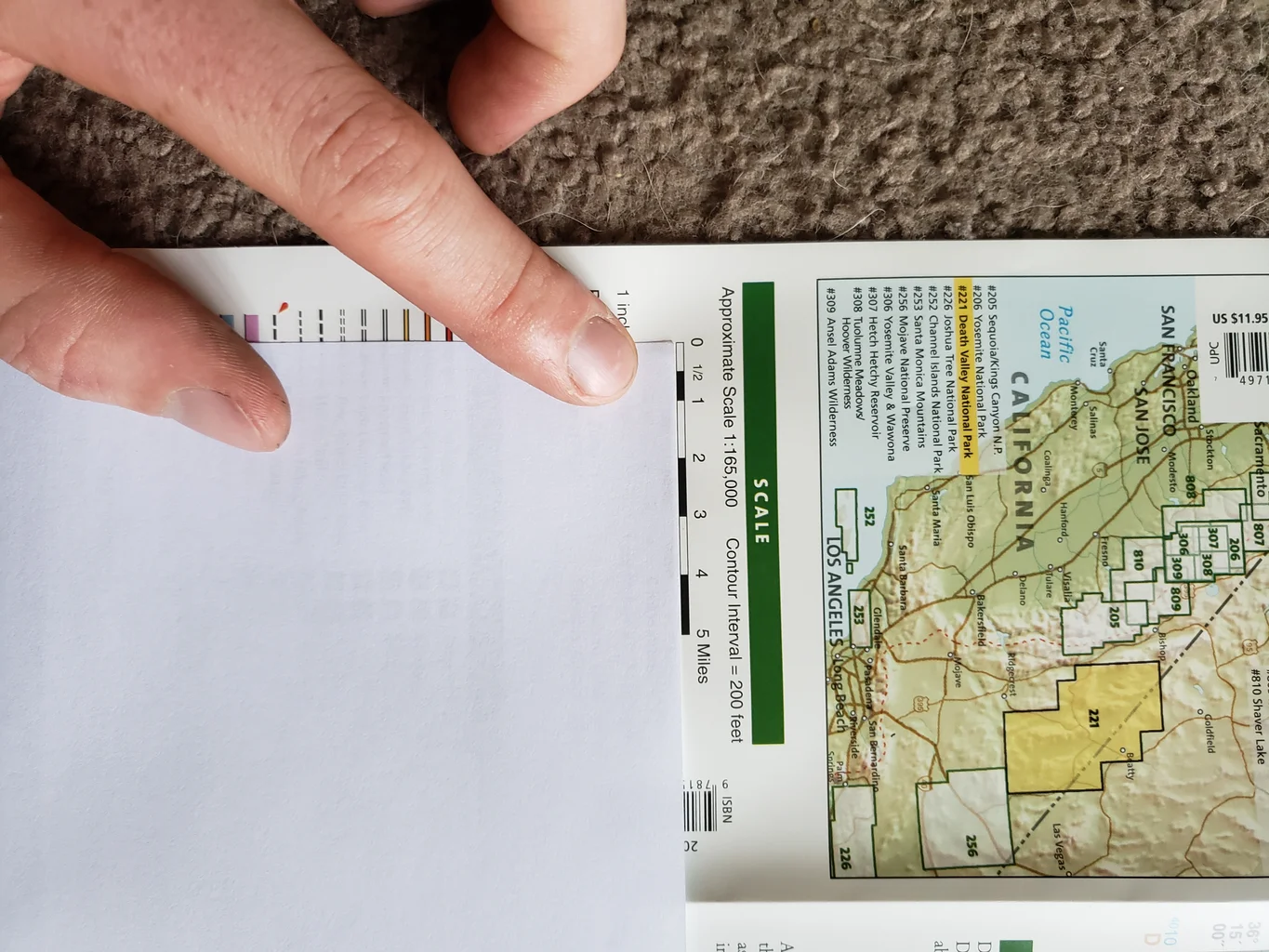In an era where GPS and digital maps guide our every step, the idea of traveling without them may sound intimidating, even reckless. But what if I told you that getting lost could be the best way to truly experience a new place? When you put away the maps and embrace the unknown, you open yourself up to spontaneous adventures, unexpected encounters, and a deeper connection with your surroundings.
This is the art of getting lost—traveling without a set destination and allowing serendipity to be your guide. It’s about rediscovering curiosity, learning to trust your instincts, and experiencing the world in a raw, unfiltered way.
Why Travel Without a Map?
Most travelers today rely heavily on navigation apps, meticulously planning routes and sticking to well-trodden paths. While this ensures efficiency, it also limits the magic of exploration. When you let go of rigid plans, you:
- Discover Hidden Gems: The best experiences often lie off the beaten path. Without a map, you stumble upon charming alleyways, quirky cafes, and local markets that aren’t listed on travel guides.
- Engage More with Locals: Asking for directions or recommendations fosters meaningful interactions. Locals often provide insights that no app can match.
- Develop a Sense of Adventure: There’s a thrill in not knowing what’s around the next corner. Every turn becomes an exciting possibility.
- Learn to Trust Your Intuition: You become more aware of your surroundings, learning to read street signs, landmarks, and even the flow of people to navigate intuitively.
Personal Stories of Getting Lost
Every seasoned traveler has a story about getting lost—those moments of confusion that turned into unforgettable adventures. Here are a couple of my own:
Wandering Through Rome’s Backstreets
On my first trip to Rome, I decided to ditch my phone and just wander. I had no idea where I was going, but I followed the scent of fresh espresso and found myself in a tiny, family-run café tucked away from the touristy areas. The owner, an elderly gentleman, greeted me warmly and served the best cappuccino I had ever tasted. He shared stories about the city’s history, recommended a lesser-known viewpoint, and even gave me a free biscotti. Had I followed Google Maps, I would have missed this beautiful moment entirely.
Lost in the Medina of Marrakech
Marrakech’s medina is a labyrinth of narrow alleyways, colorful souks, and bustling markets. I had intended to find a specific spice shop but quickly lost my way. Instead of panicking, I embraced the experience. I stumbled upon an artisan workshop where craftsmen were carving intricate wooden designs. One of them invited me in, explaining the centuries-old techniques they used. That unexpected detour turned into one of the most enriching experiences of my trip.
Practical Tips for Navigating Without a Map
Getting lost doesn’t mean being reckless. Here’s how to embrace the adventure while staying safe and making the most of your journey:
1. Choose the Right Destination
Some places are better suited for unstructured exploration than others. Cities with pedestrian-friendly streets, clear landmarks, and a welcoming local culture (like Kyoto, Barcelona, or Istanbul) make for ideal locations.
2. Use Landmarks as Your Guide
Even without a map, major landmarks like rivers, towers, or main squares can help you orient yourself. Observe the direction they’re in when you start exploring, so you can always find your way back.
3. Follow Your Senses
Let your curiosity lead the way—follow the sound of live music, the sight of vibrant street art, or the aroma of freshly baked bread. These sensory cues often lead to unique and memorable experiences.
4. Talk to Locals
Instead of relying on an app, ask a local for recommendations or directions. This not only helps you find interesting places but also opens up conversations that can lead to unexpected friendships.
5. Keep a Rough Mental Note of Your Starting Point
Even if you wander aimlessly, remember a major street or landmark near where you started. If you need to find your way back, this will make it much easier.
6. Carry a Physical Backup
While the goal is to avoid digital maps, having a small paper map or a written address of your accommodation can be a lifesaver in case you truly get disoriented.
7. Travel During the Day
Exploring without a plan is best done in daylight when shops are open, people are around, and you can clearly see where you’re going. Nighttime wandering in an unfamiliar place can be riskier.
8. Embrace Mistakes as Part of the Adventure
If you take a wrong turn or end up somewhere unexpected, see it as part of the experience rather than a problem. Sometimes the best stories come from accidents.
The Beauty of the Unknown
Traveling without a map isn’t just about discovering new places—it’s about discovering yourself. When you’re lost, you become more resourceful, more present, and more connected to the world around you.
So, the next time you visit a new city, resist the urge to pull out your phone and instead, take a deep breath, pick a random direction, and just start walking. You never know what incredible experiences are waiting for you just around the corner.
Final Thought
Getting lost is not about being directionless; it’s about allowing life to surprise you. In the end, the best journeys aren’t measured in miles but in moments of unexpected wonder.

Leave a Reply